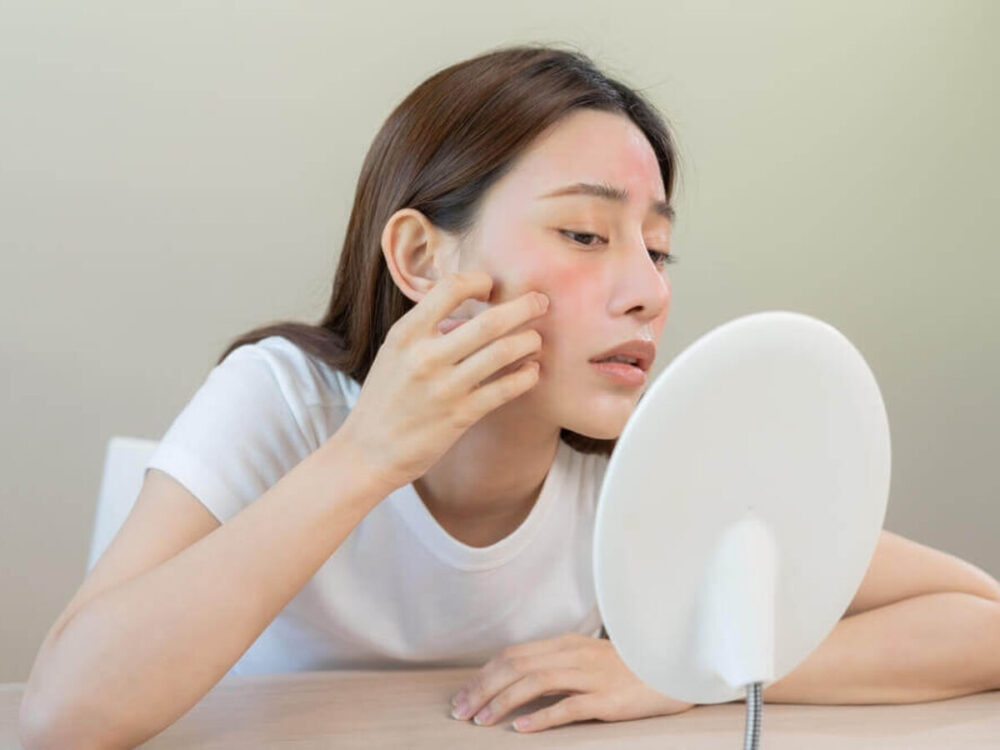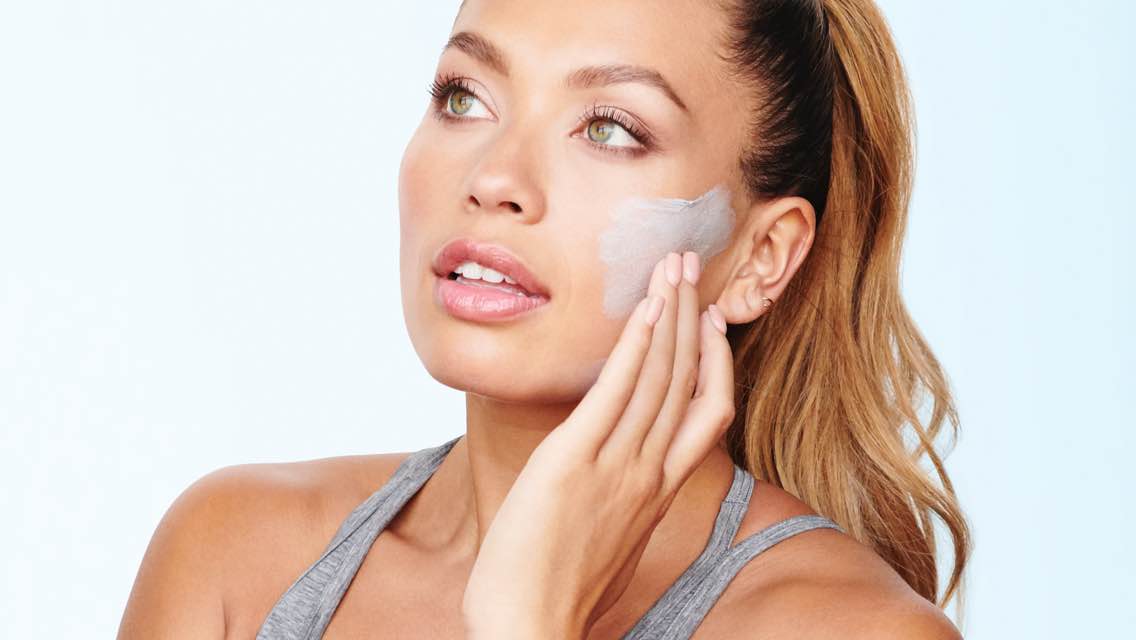Many of us embark on our skincare journeys with the earnest hope of enhancing the health and appearance of our skin. However, along the way, we may encounter unexpected challenges such as redness, itchiness, or even more severe reactions. These experiences can be frustrating and disheartening, especially when we had high hopes for achieving radiant and flawless skin.
“Are you allergic to your skincare?” This question may seem straightforward, but the line between irritation and an allergic reaction can often be blurry. The difference between irritation and an allergic reaction is crucial in identifying the root cause and adjusting your skincare regimen for healthier, happier skin.
Is it Just Irritation or Allergic Reaction?

When you notice an adverse reaction after using a skincare product, it’s crucial to determine whether you’re experiencing a simple irritation or a more serious allergic reaction. This distinction is not just semantic, it has significant implications for how you should respond to and treat the reaction.
- Irritation: Skin irritation is a direct response to an aggravating factor, often manifesting as redness, burning, or stinging immediately after product application. Irritants can strip the skin of its natural oils, disrupt the protective barrier, and cause physical discomfort. However, irritation is usually localized to the area of application and often resolves once the irritant is no longer in contact with the skin.
- Allergic Reaction: An allergic reaction, on the other hand, involves the immune system. It occurs when the body identifies a normally harmless substance as a threat, leading to a systemic response. Symptoms can include itching, hives, swelling, and in severe cases, difficulty breathing. Unlike irritation, allergic reactions can occur hours or even days after exposure and may persist until the allergen is identified and avoided.
If an irritation is suspected, removing the offending product and giving your skin time to heal may suffice. However, for allergic reactions, it’s essential to not only stop using the product but also to note the ingredients that may have caused the reaction. This can be vital in avoiding future reactions and in discussions with a dermatologist, should you need to seek one out.
What’s Your Trigger?
To determine whether you’re dealing with an irritation or an allergic reaction, observe how your skin responds to the discontinuation of the suspected product. If symptoms persist beyond the product’s removal, it may be an allergic reaction, necessitating further investigation, possibly with the help of a dermatologist. Common skincare allergens include fragrances, preservatives, and certain natural ingredients like essential oils.
Steps to Safeguard Your Skin

Source: experiencelife.lifetime.life
Ensuring the health and safety of your skin in the face of new products is paramount, especially for those with sensitive or reactive skin. Incorporating a few key steps into your skincare approach can help mitigate the risk of irritation or allergic reactions, making your beauty routine not only more enjoyable but also safer.
Patch Testing
Before fully integrating a new product into your routine, perform a patch test by applying a small amount on your inner forearm for several days to monitor for any adverse reactions.
Simplify Your Routine
Reduce the number of products in your skincare regimen to minimize potential reactions and make it easier to identify irritants or allergens.
- Seek Hypoallergenic Formulas: Products labeled “hypoallergenic” are formulated to minimize the risk of allergic reactions, though individual responses can still vary.
- Read Ingredient Lists: Familiarize yourself with common irritants and allergens, and meticulously check product labels before use.
This proactive approach not only helps in avoiding adverse reactions but also contributes to a more conscious and tailored skincare regimen.
Consult a Professional
If you suspect an allergic reaction, consider seeing a dermatologist. They can perform patch tests with various substances to pinpoint the specific allergen causing your reaction.
Ingredient Interactions
Beyond identifying individual irritants and allergens, understanding how ingredients interact with each other is also crucial. Some ingredients, when combined, can increase the skin’s sensitivity or potential for irritation. For example, using retinol and alpha hydroxy acids (AHAs) together can lead to excessive skin dryness and irritation, as both promote skin turnover and can strip the skin of its protective oils if not properly balanced. Being mindful of ingredient combinations and their potential effects on your skin can help prevent adverse reactions and promote a harmonious skincare routine.
Embracing a Slow Introduction Process
When incorporating new products into your skincare regimen, adopt a slow introduction process. This method involves adding only one product at a time and waiting a period (typically 2-4 weeks) before introducing another. This approach not only allows your skin to adjust to each new product but also makes it easier to identify any that may cause a reaction. By introducing products slowly, you can more accurately pinpoint which product is responsible for any irritation or allergic reaction, thereby minimizing potential harm to your skin.
Prioritizing Skin Barrier Health

Source: andymillward-facialist.co.uk
The skin’s barrier function is essential in protecting against irritants and allergens. Products that support the skin’s barrier, such as those containing ceramides, fatty acids, and cholesterol, can help prevent irritation and allergic reactions by maintaining skin integrity. Additionally, avoiding harsh physical exfoliants and opting for gentle cleansing methods can further protect the skin barrier. Prioritizing the health of your skin’s barrier not only guards against external threats but also ensures that the skin remains hydrated, resilient, and less prone to irritation or allergic reactions.
Conclusion
Yeah, patience and diligence are what you need to go through the complexities of skincare when faced with irritation or allergic reactions. By learning the distinction between these responses and how to identify potential triggers, you can create a safer, more effective skincare routine. Remember, the goal is not only to enhance your skin’s appearance but to ensure its overall health and wellbeing.
















